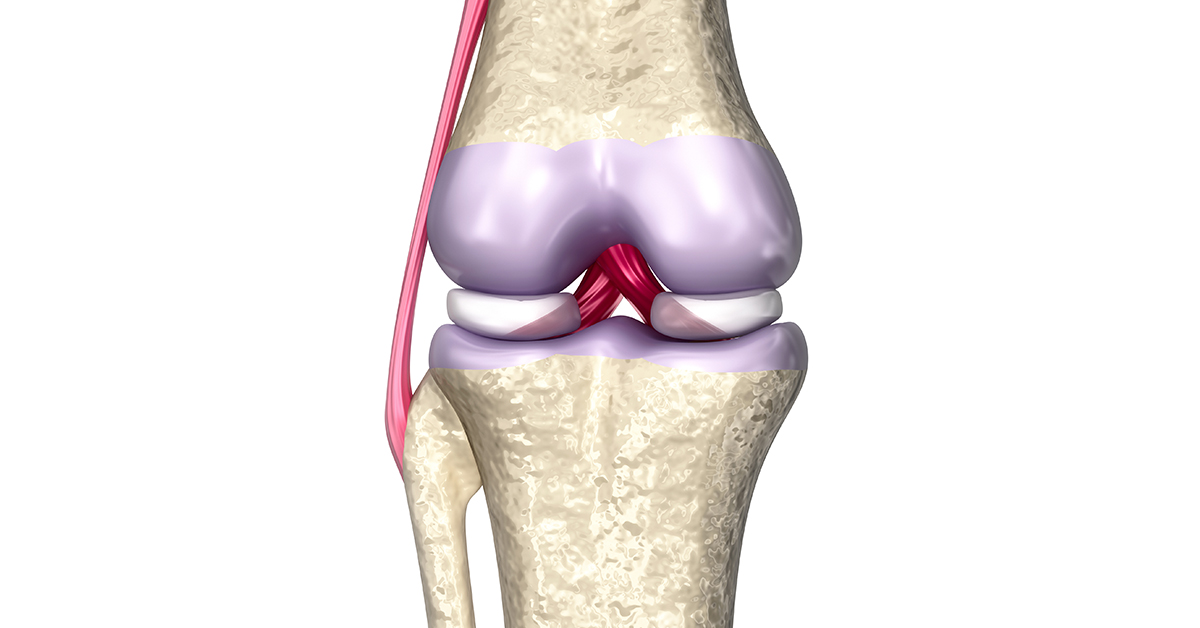
Tendon Repair and Cartilage Repair
Every move we make requires bones, ligaments, tendons, and cartilage to work together to provide stability and movement. If one of these elements is damaged, it can be very painful and can severely impair our ability to move. This article gives a general overview of tendon and cartilage damage and how that damage may be treated to return you to pain-free movement.
Tendon Repair
Tendons are structures that reside in every joint, serving to connect muscle with bone. This connection is vital when it comes to movement, so tendon injury has the potential to affect movement. Tendons can tear from a variety of causes usually involving trauma, sudden impact, or tendon weakness. Symptoms of a torn tendon vary depending on the location and severity of the tear but can include pain, bruising, and mobility issues. Treatment of the tear depends on its severity. Often, a partial tear can be treated with conservative methods like rest, activity modification, ice, and over-the-counter medication. Physical therapy plays a large role in recovering from tendon damage. If the patient adheres to any prescribed exercises, it can greatly improve the speed of recovery. A more severe or complete tear would likely require surgery, as the injury would likely be disabling.
The procedure performed varies depending on the location and severity of the tear, but usually involves the reattachment of the torn tendon and the removal of debris or damaged tissue. The procedure is performed as minimally invasive as possible, but if the tear is very severe, part of the procedure may have to be performed as open surgery. Only you and your physician can determine the best method of treatment for your specific injury.
Cartilage Repair
Articular cartilage is the smooth tissue covering the condyle surfaces where bones meet. This smooth surface serves to provide as little friction between the bones as possible, allowing for ease of movement. If the cartilage is damaged and becomes rough or wears away, it can cause a lot of pain and issues with normal mobility. Damage to the articular cartilage can be caused by trauma, injury, or degeneration from everyday wear-and-tear. Symptoms of cartilage damage vary depending on the location and severity of the injury, but often include pain and trouble moving the affected joint. Conservative treatments like physical therapy and activity modification may be prescribed, but surgery may be necessary depending on the location and severity of the damage.
As with tendon repair, the surgery performed depends on the severity and location of the tear. Cartilage repair aims to restore pain-free movement by smoothing the surface of the cartilage and removing any debris or damaged tissue. There are a variety of methods and techniques used to repair cartilage, but only you and your doctor can determine which best suits your condition.


